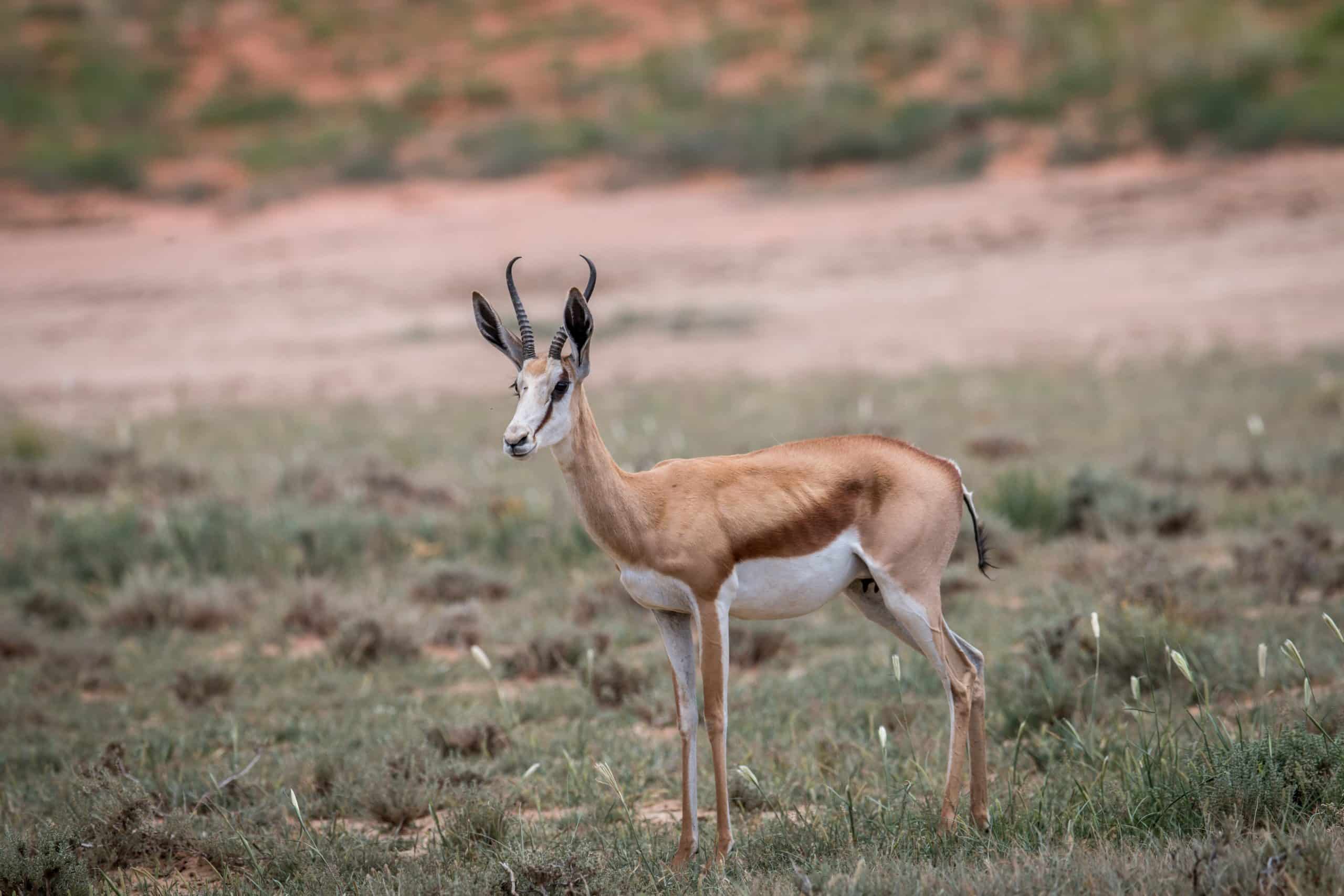A recent aerial survey in South Sudan has unveiled a remarkable migration of six million antelope, marking it as the largest known land mammal migration globally. This migration significantly surpasses the famed annual migration between Tanzania and Kenya, which involves approximately two million wildebeest, zebras, and gazelles.
Conducted by African Parks, which manages Boma and Badingilo national parks, the survey utilized advanced aerial technology to capture extensive data on the region’s wildlife. Over the span of three weeks from late April to mid-May 2023, pilots surveyed an area of 122,774 square kilometers—about the size of Greece—using two planes equipped with specialized cameras that took photographs every two seconds. The analysis of 330,000 images by University of Juba graduates led to the estimation of five million white-eared kob, along with notable populations of other antelope species, totaling around six million.
Despite decades of civil conflict in South Sudan, wildlife in the region has remarkably persisted. Past estimates from the Wildlife Conservation Society in 2007 suggested a population of approximately 1.3 million antelope, but the new findings indicate a dramatic increase. The survey’s results highlight the resilience of these species and underscore the potential for South Sudan to become a key player in global conservation efforts.
The migration, known as the great Nile migration, occurs year-round as the antelope travel from the southwest to the northeast, likely driven by the search for optimal grazing conditions. The study also involved tracking individual animals, with some white-eared kobs recorded traveling nearly 2,000 kilometers.
While South Sudan boasts the largest land mammal migration, it faces significant challenges. Habitat loss, driven by expanding agriculture, road development, and other human activities, poses a threat to both the wildlife and local communities that depend on these ecosystems. Conservationists emphasize the need to protect the habitats essential for the migration’s survival, which in turn supports the livelihoods of the people living within these regions.
The survey’s findings are viewed as a pivotal moment for conservation in South Sudan, with potential implications for ecotourism. Although safety concerns for international visitors remain, the prospect of showcasing the world’s largest migration could position South Sudan as an emerging ecotourism destination, while also ensuring food security for local populations.



